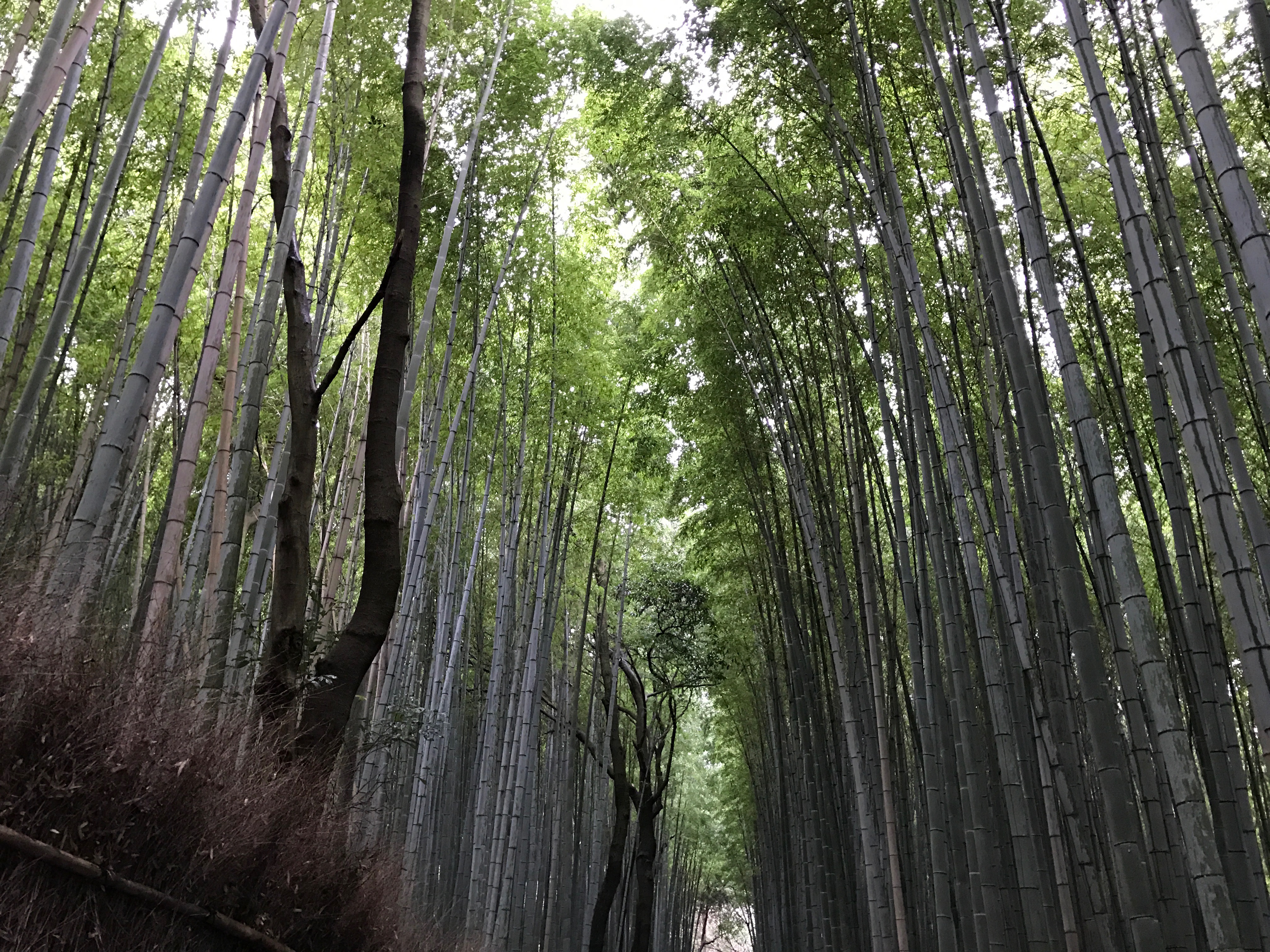
Abstract
The purpose of the title of this piece is to suggest that behind the bland exterior of the average medieval Chinese poem (at least in English translation) there may lurk processes of composition entirely unsuspected by the modern reader, aspects of the Tang poem that might repay greater study. This approach, namely meditation as a method of creative inspiration, was far from universal in the poetry of the Tang period, since it seems to have arisen within specific historical circumstances, and though references to it remained and were handed down to later ages in widely read works, it is at present unclear how actively it was practised in later times. However, there is sufficient evidence to suggest that an interest in poetic imagery remained strong in East Asia, raising the possibility that it was this aspect of poetic practice there caught the attention of English language poets in the United Kingdom at the start of the twentieth century as they cast about for new models to replace the poetry of Victorian times. The hope is that drawing attention to this approach to poetic inspiration in this essay may serve as a challenge to the current lack of interest in Chinese poetry translation in the United Kingdom.
- Tang poetry,
- imagism,
- Zen,
- meditation
